Competitive runners are always looking for new ways to gain a competitive edge and reduce injury risk. Training, nutrition and recovery can all make a difference, but unless your body moves like a well-oiled machine, you are bound to fall short of your goals. To optimize performance, you need a comprehensive and objective way of evaluating your running technique, to uncover minor defects that can cause major issues.
Technology-driven 3D running gait analysis collects and analyzes quantitative data about critical gait parameters in all 3 planes of motion, rendering precise metrics for detecting inefficient gait mechanics, and providing a baseline for measuring progress.
Dr. Lev Kalika is a holistic practitioner of integrative healthcare and Clinical Director at NYDNRehab in Manhattan NYC. He has dedicated his life’s work to finding innovative solutions for treating athletic injuries, human movement disorders, and pain syndromes. Dr. Kalika is also an accomplished researcher, with multiple scientific publications to his credit.
Dr. Kalika has over 20 years of experience in gait analysis interpretation, earning him multiple national awards in the field of running and sports medicine. He had the privilege of studying gait analysis directly under Christopher Powers and Irene Davis, two of the world’s most eminent leaders in running research.
Dr. Kalika’s expertise in diagnostic ultrasonography has gained him international recognition, and the clinic at NYDNRehab features the most advanced high-resolution ultrasonography currently available. The ability to dynamically visualize nerves, muscles, tendons, ligaments and joints in real time plays a key role in identifying issues that contribute to running gait deficits. The biomechanics analysis lab at NYDNRehab is equipped with cutting-edge technologies that take the guesswork out of running gait assessment. Our clinic has been named multiple times by Runner’s World magazine as the place to go in NYC for running gait analysis and running injury rehabilitation.
Many sports retailers, gyms, and athletic programs offer gait analysis services for runners, but they vary broadly in terms of quality, objectivity and precision, and most only evaluate movement in the sagittal and frontal planes of motion. Yet most running injuries originate from motion in the transverse plane, where inefficient mechanics cannot be detected by the human eye.
During running, the pelvis rotates contralaterally and ipsilaterally in the transverse plane, relative to the trunk and lower extremities. Contralateral rotation – toward the opposite leg – occurs during the terminal stance phase and approaching the toe-off phase. Ipsilateral rotation – toward the same leg – begins at initial contact and increases until midway through the stance phase. Research indicates that insufficient contralateral rotation during the stance phase is associated with increased risk of injury.
Observational and 2-dimensional gait analysis, even when conducted by a qualified expert, is not able to detect risky movement patterns in the rotational plane that cause the majority of running injuries. By contrast, technology-driven 3D gait analysis detects and quantifies motion in the transverse plane, giving us data that can be used to personalize your corrective gait training, to deliver measurable improvements in running performance and dramatically reduce injury risk.
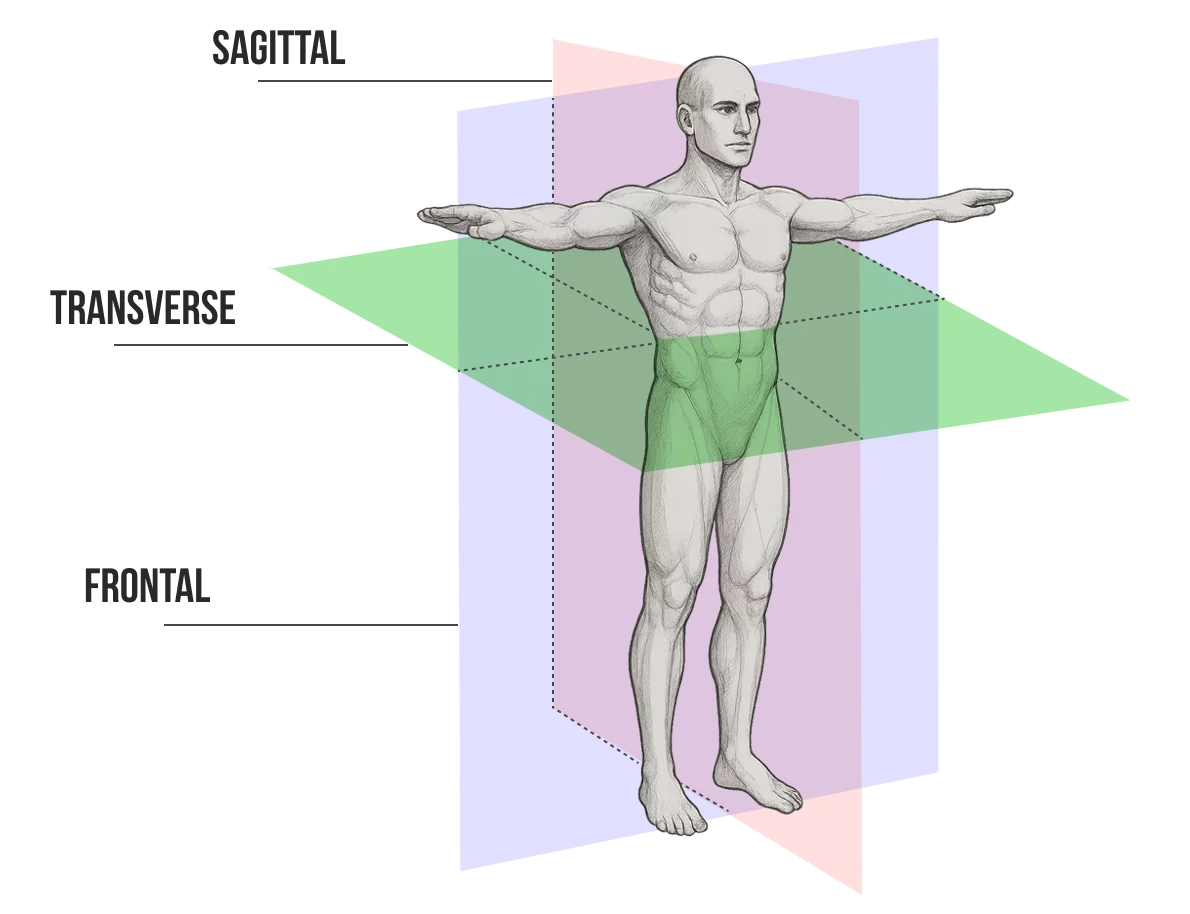
Conventional running gait analysis gives us a 2-dimensional overview of running kinetics (a measure of forces) and kinematics (a measure of position, velocity and acceleration) in the frontal and sagittal planes of motion. While that information is not without value, it neglects to provide information about mechanical deficits in the transverse (rotational) plane, where most running injuries originate. At NYDNRehab, advancements in technology have revolutionized gait analysis by enabling us to objectively measure, and scrutinize a broad range of critical running metrics in all 3 planes of motion. Armed with that data, we coach and retrain our runners by leveraging technology-generated feedback, personalized physical therapy, and customized training programs. We monitor your progress every step of the way, to ensure that your training protocol is achieving its intended goals.


Our one-of-a-kind instrumented treadmill measures intrinsic foot mechanics during running – a feature not available with other gait analysis systems. It uses sensors to capture ground reaction forces and pressure distribution across the foot. A new study out of Brazil emphasizes the important role of foot pressure in running mechanics.
The way the foot makes contact with the ground and positions itself during the heel strike, stance, and push off phases is perhaps the most valuable information we derive from running analysis. This critical data can only be attained by a pressure-sensitive treadmill, which is rarely available, even in well-equipped 3D running analysis systems.
Benefits of using an instrumented treadmill include:
Real-time analysis of running gait.
Diagnostic precision, with data collected by pressure sensors to identify key gait anomalies and biomechanical deficits.
Reproducibility, allowing for repeat assessments with defined variabilities.
Real-time visual feedback, providing valuable insights that allow subjects to make immediate adjustments.
Captures key gait metrics like stride length, gait variability, and gait cycle symmetry.
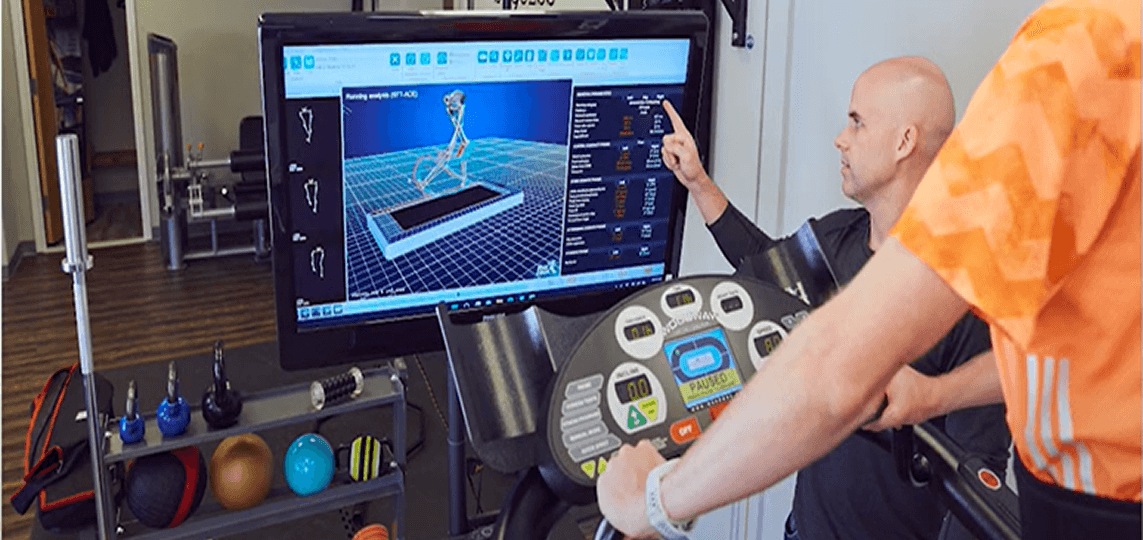
The RunDNA system collects quantitative data that takes the guesswork out of gait analysis. Your personal running data is analyzed and presented to you in an easy-to-understand report that clearly pinpoints your running deficits. We then use that information to help you fine-tune your running performance.
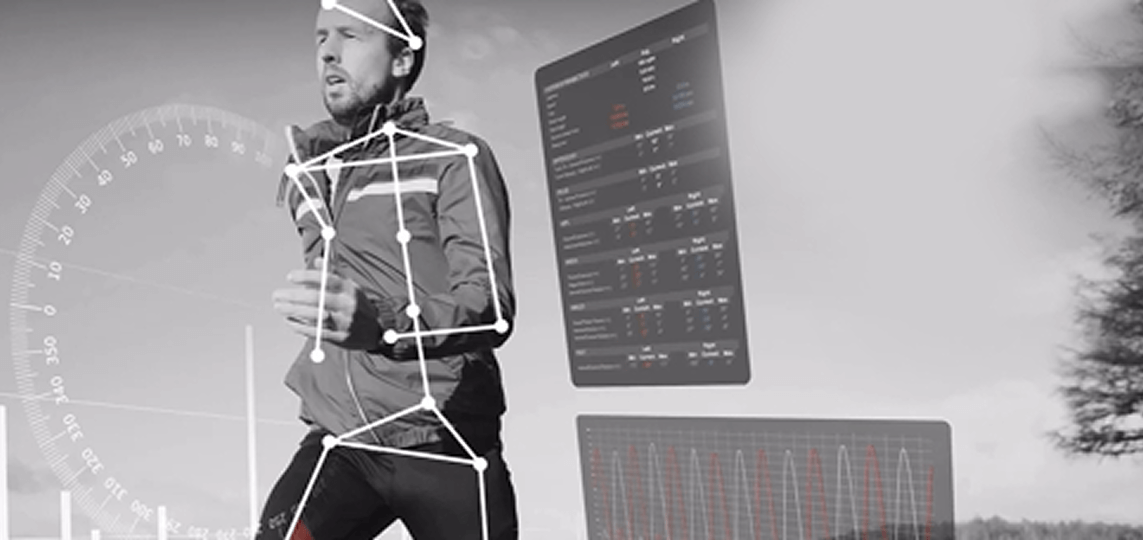
Dr. Kalika has integrated his own proprietary software to optimize data collection and analysis.
Our 3D motion capture system uses multiple cameras to capture data on 3D movement, to give us a detailed analysis of gait mechanics.
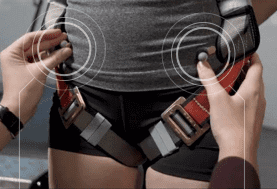
Markers are strategically placed on designated anatomical landmarks
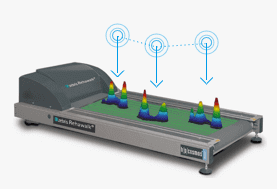
Our instrumented force- and pressure-sensitive treadmill is synced with the motion capture system
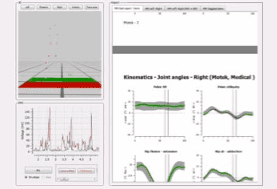
Sophisticated software collects and analyzes data
1st
2nd
3rd
4th
5th
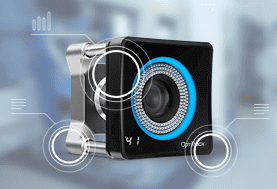
Motion capture cameras are calibrated
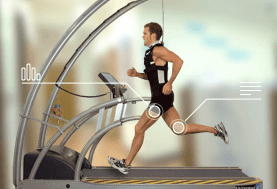
The runner performs at their normal gait
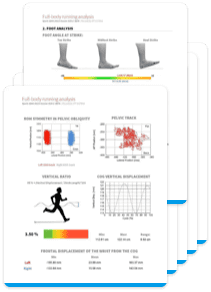
A 17-page report is generated
Retest is only 50% of the price
Surface electromyography (SEMG) is essential for revealing the neuromuscular control that drives running gait.
SEMG gives us insight into:
During running gait, muscles are recruited in a specific sequence that optimizes force production and protects dynamic stability. Injured tissues, densified fascia, and habitual compensation patterns can alter muscle recruitment as proprioceptors signal the brain to offload damaged tissues. SEMG helps us detect inefficient muscle firing patterns that reduce performance and increase injury risk.
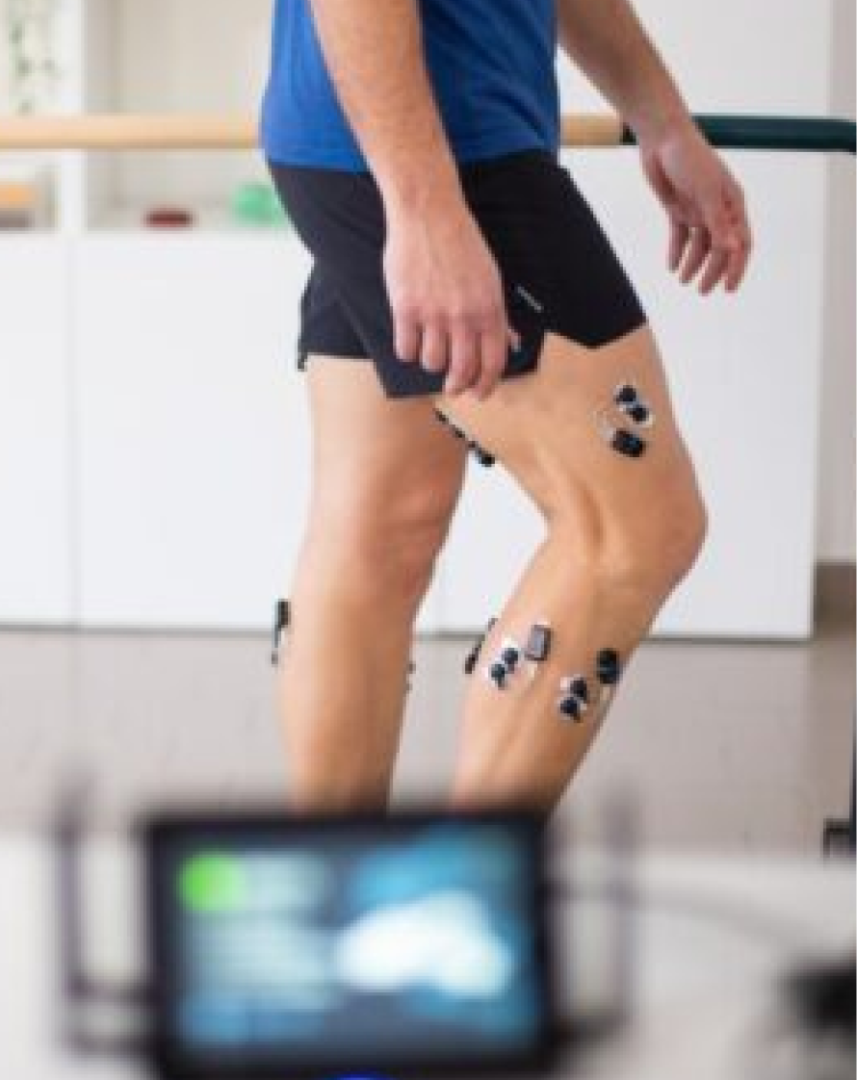



Running is a convenient and accessible sport for achieving optimal fitness, but it comes with a relatively high rate of injury. Multiple factors can influence your risk of injury, such as age, sex, nutrition status, biomechanics, and training variables. One recent study involving 225 runners found that 52% had experienced a running injury, and that specific measures of running technique were associated with increased injury risk.
Whether you’re a novice runner in need of coaching, or a seasoned competitor looking for a competitive edge, 3D gait analysis and retraining can help you optimize your running performance while dramatically reducing your injury risk.
Common running injuries include:
A 3D gait analysis can help you fend off injuries before they happen while improving overall performance. Biomechanical variables associated with running-related injuries include kinematic variables (joint angles, velocity, and acceleration), kinetic variables (force production, loading rate), and temporospatial variables (cadence, pace and stride). All of these variables are factored in when designing your customized retraining protocol.

A 3D gait analysis can help you fend off injuries before they happen while improving overall performance. Biomechanical variables associated with running-related injuries include kinematic variables (joint angles, velocity, and acceleration), kinetic variables (force production, loading rate), and temporospatial variables (cadence, pace and stride). All of these variables are factored in when designing your customized retraining protocol.

By identifying and correcting biomechanical factors associated with injury risk, you can expect to:
Most running injuries and mechanical deficits cannot be measured or observed by even the most sophisticated gait analysis system. In many cases, compensation patterns are mistaken for the cause of injury, when in fact they are the result of other mechanical issues.
High resolution diagnostic ultrasonography combined with a running-specific clinical assessment lets us accurately identify the primary factors that cause pain and diminish running performance. Unless we look beyond the data to discover minute factors that contribute to gait deficits, retraining and rehabilitation may only provide short-term solutions that unravel over time.
Dr. Kalika’s expertise and experience in diagnostic ultrasonography means we won’t miss a thing, ensuring that your rehabilitation is thorough and effective. Our sophisticated technology gives us the ability to measure and remeasure your critical gait parameters, to ensure that you get back on the road in peak condition.
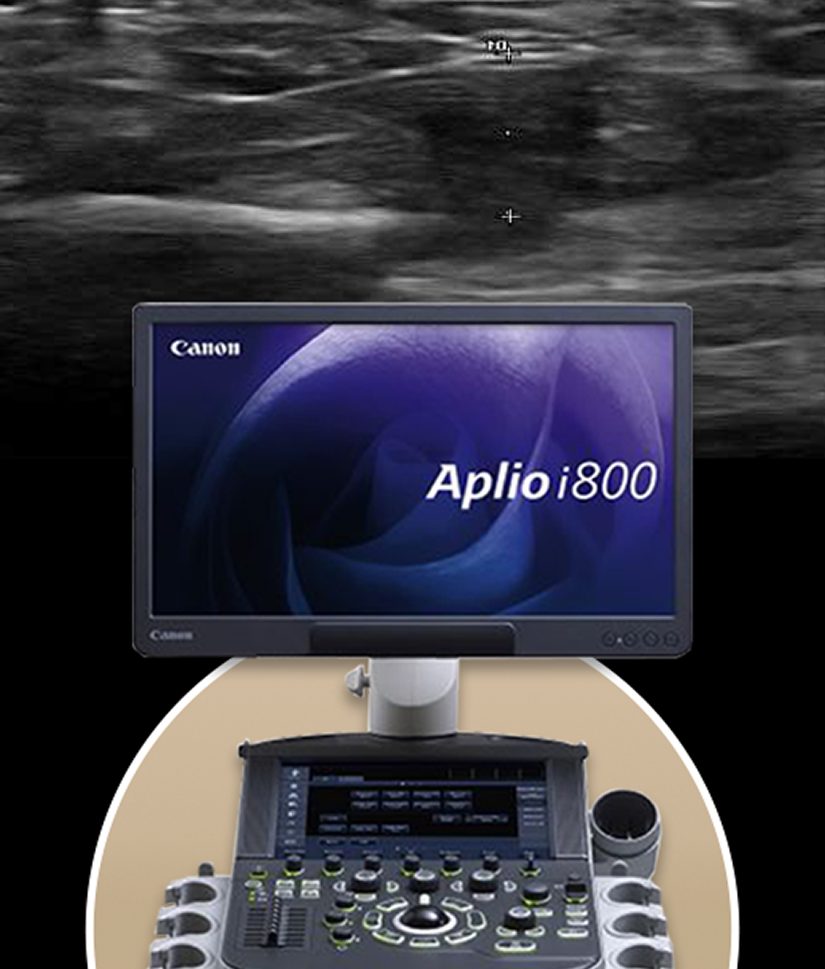
At the end of your running analysis, our proprietary software generates a 17-page, easy-to-interpret report that highlights areas for improvement. In addition, we provide detailed findings from your clinical and ultrasound exams. Equipped with that information, you can make sound decisions about your next steps to optimize your running performance.
Your 17-page report provides valuable insights such as:

If you have a current running injury or an old injury that has not been fully rehabilitated, NYDNRehab is the clinic of choice for sports injury rehab in NYC. Our regenerative technologies, orthobiologic procedures and fascia-first approach to treatment work together to accelerate the healing process and restore functional mobility.
Injury rehab begins with the restoration of tissue integrity. Most injuries involve multiple tissue types, each with its unique treatment requirements. Damage to muscles, tendons, ligaments, fascia and nerves needs to be addressed before physical therapy can begin.
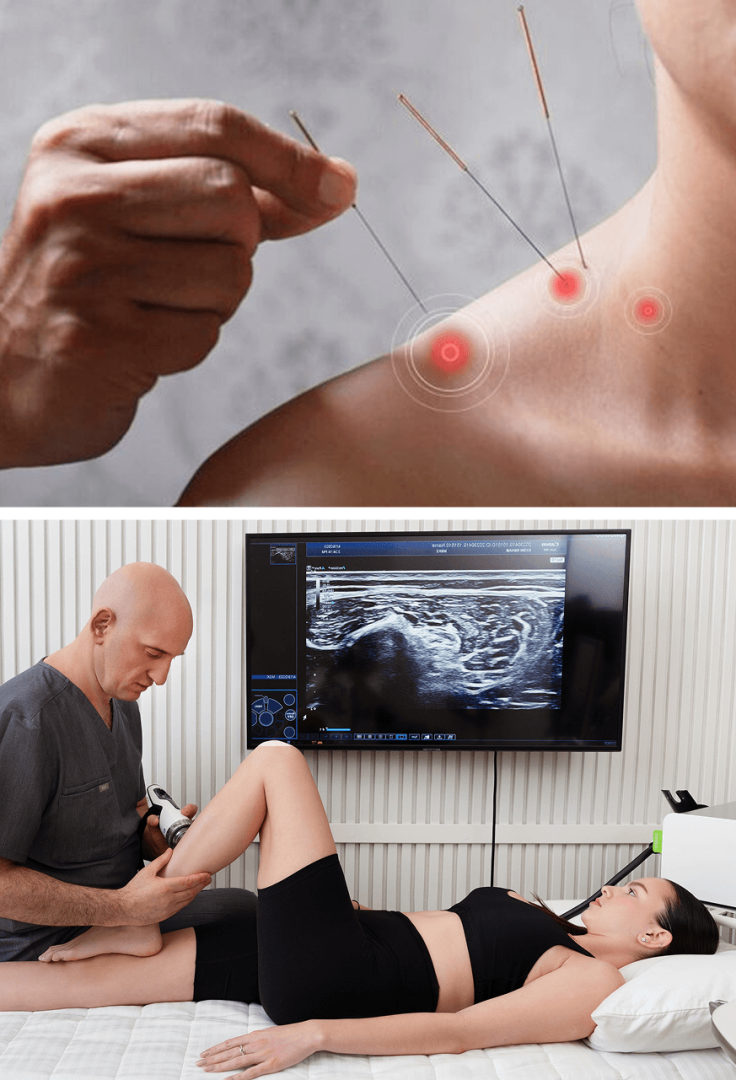
Independent peer-reviewed research relevant to this treatment approach.